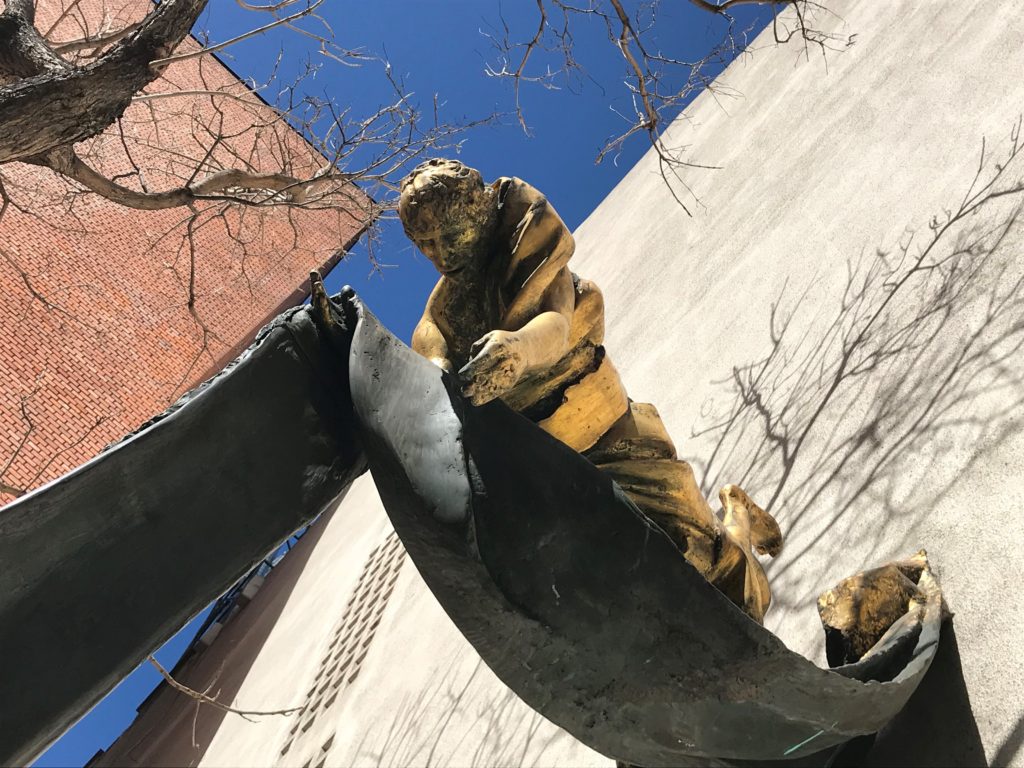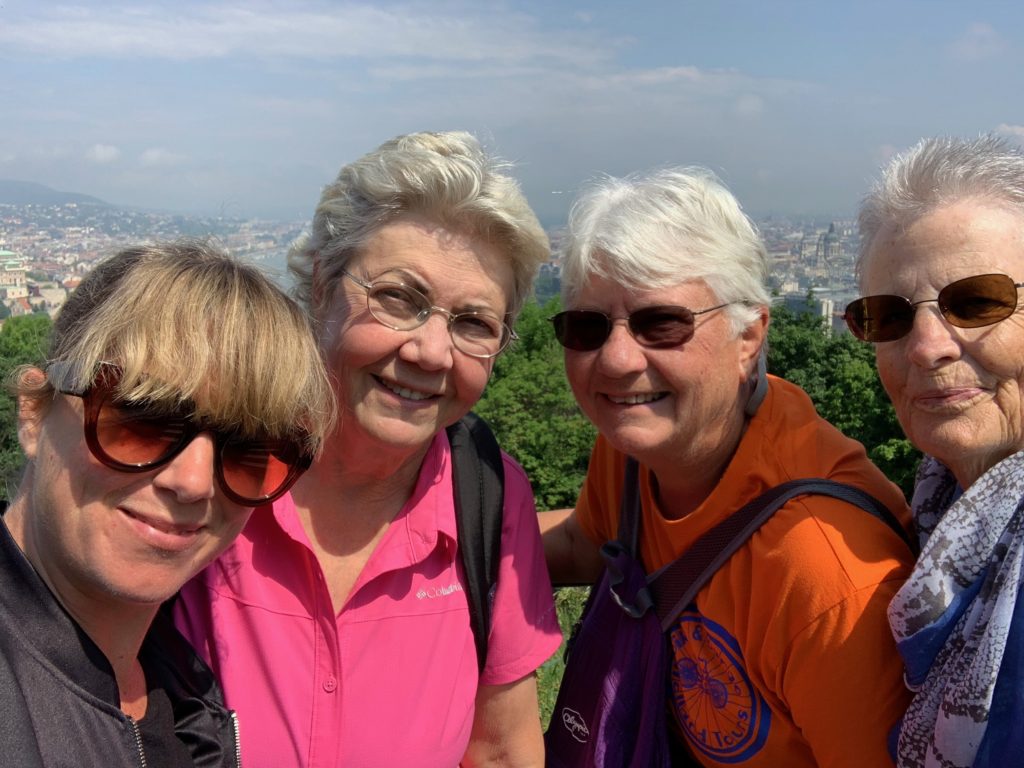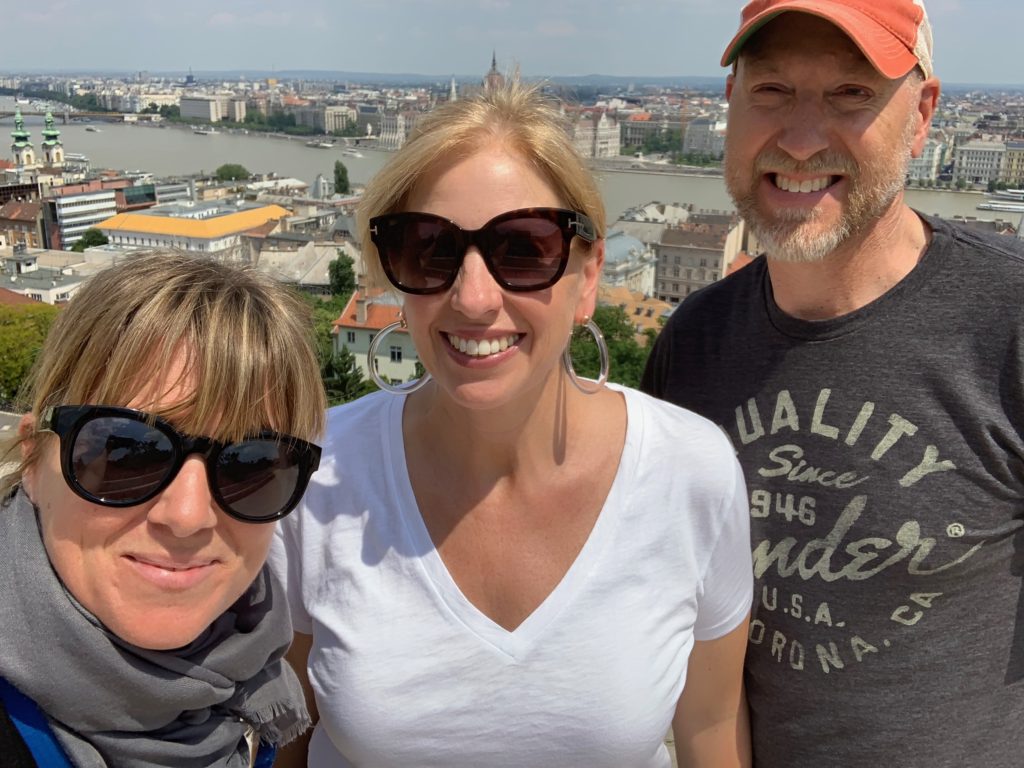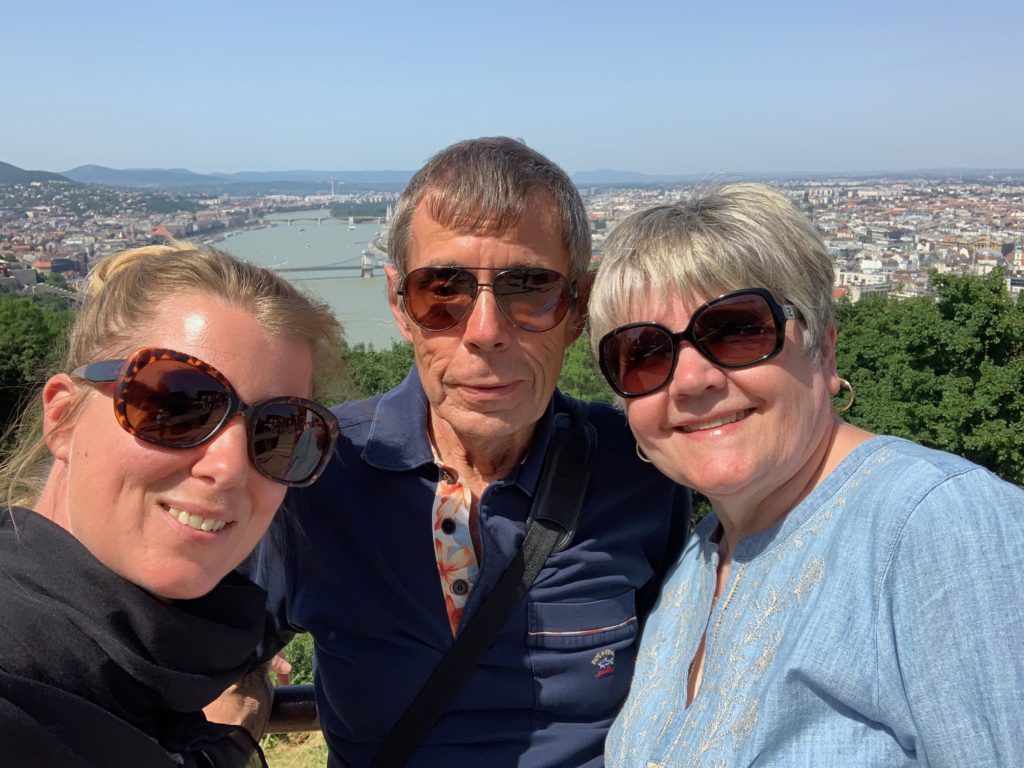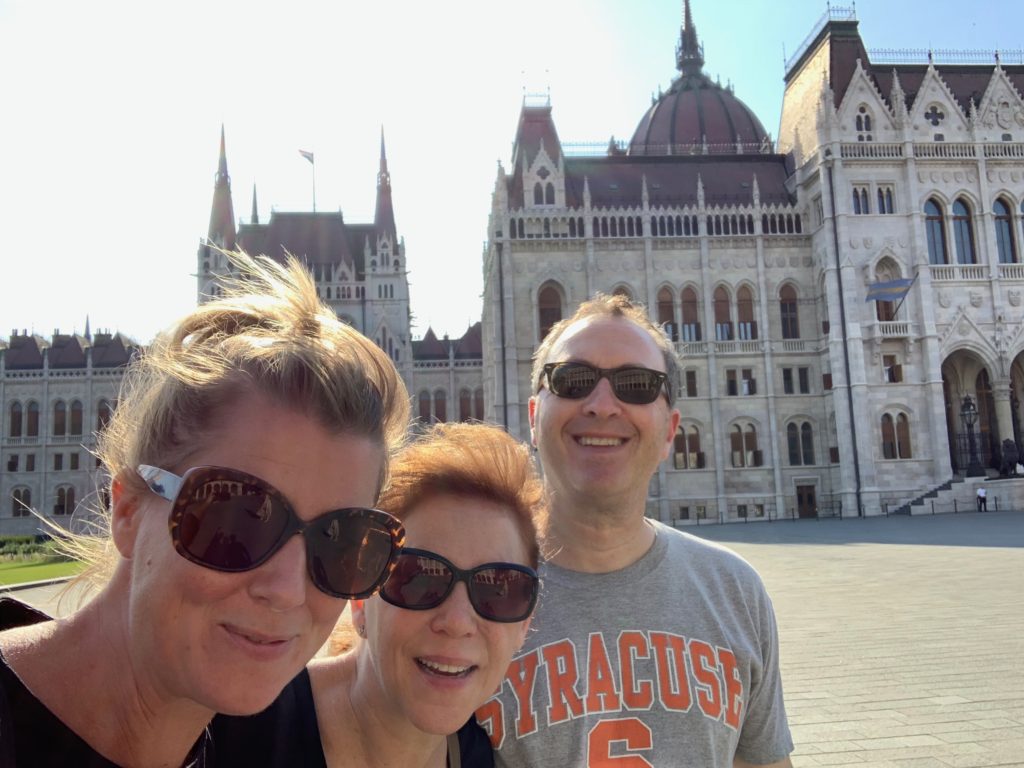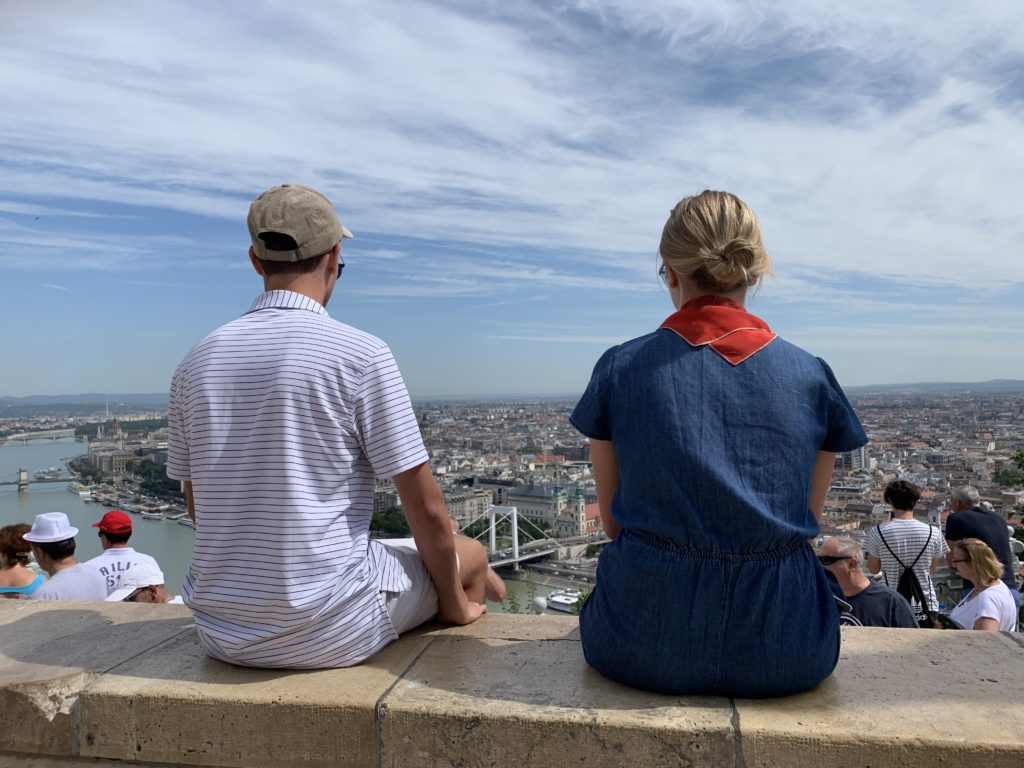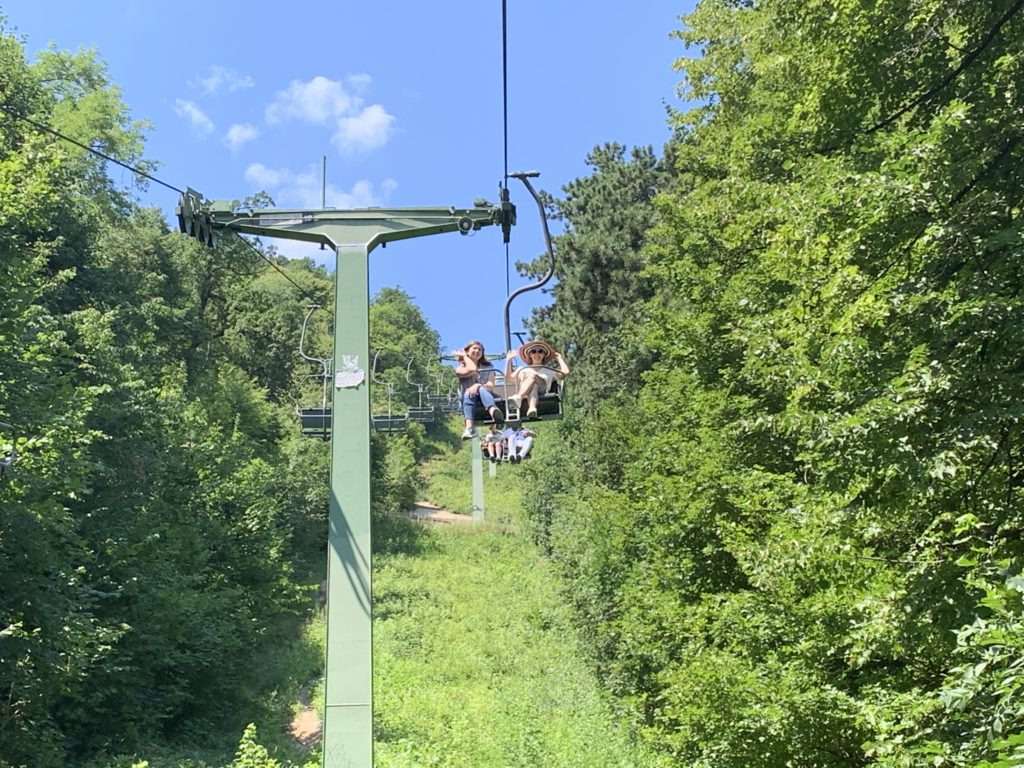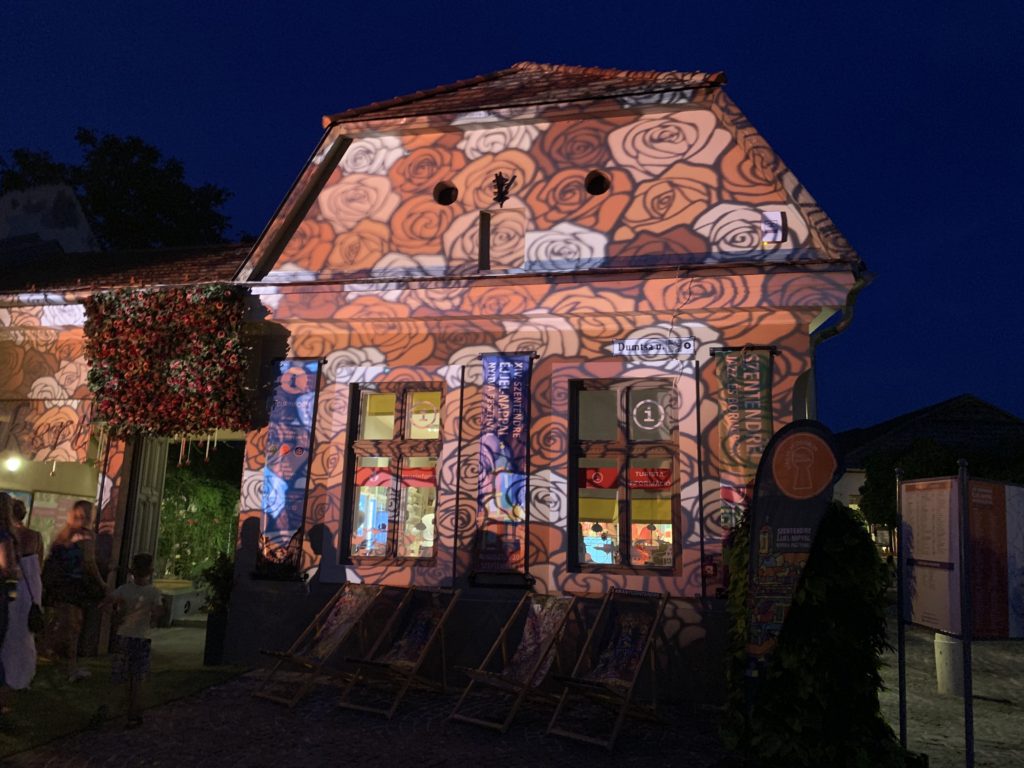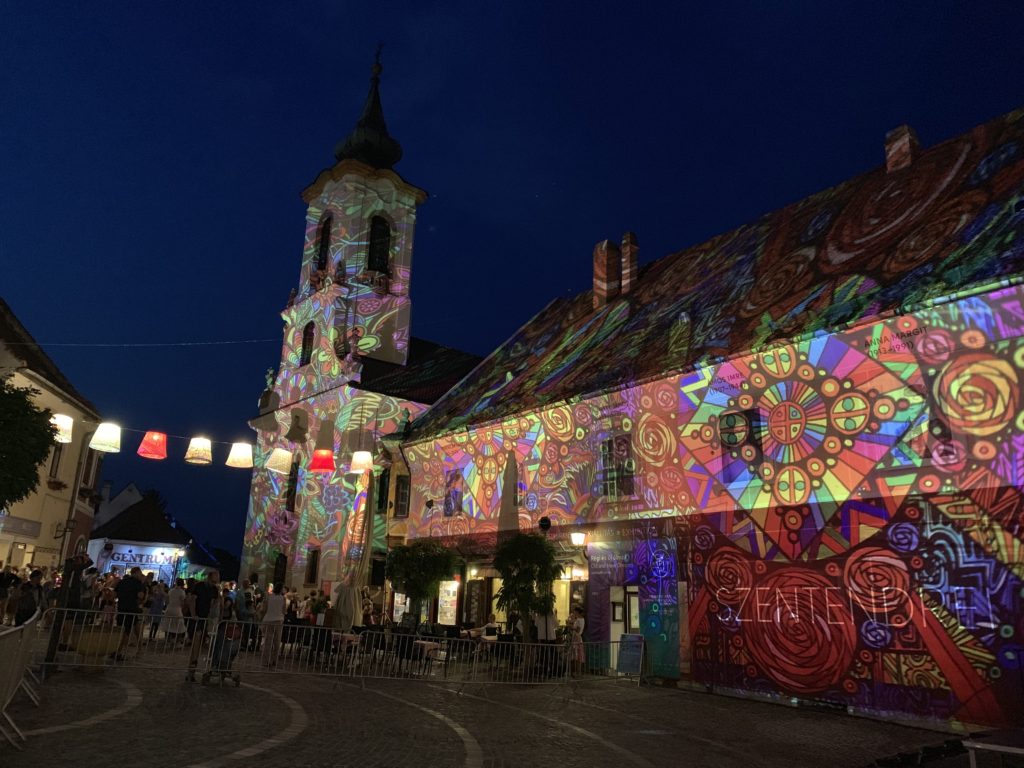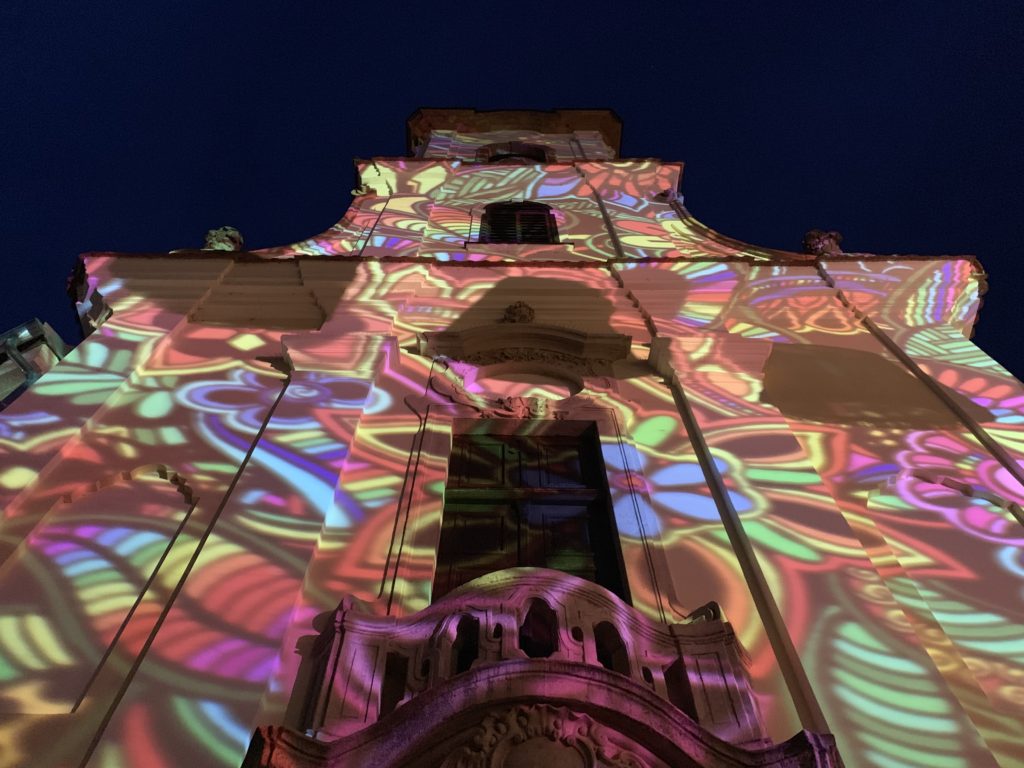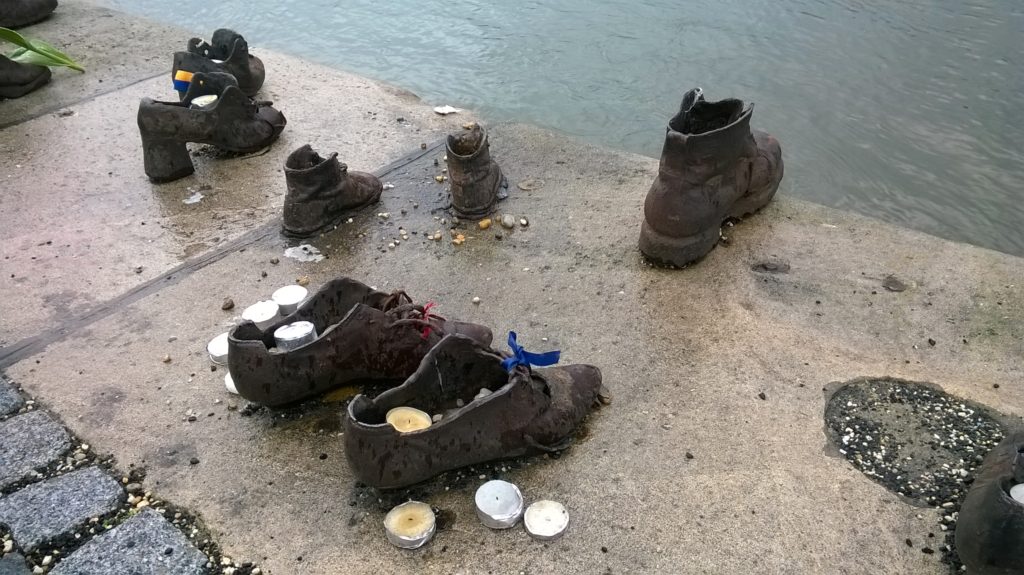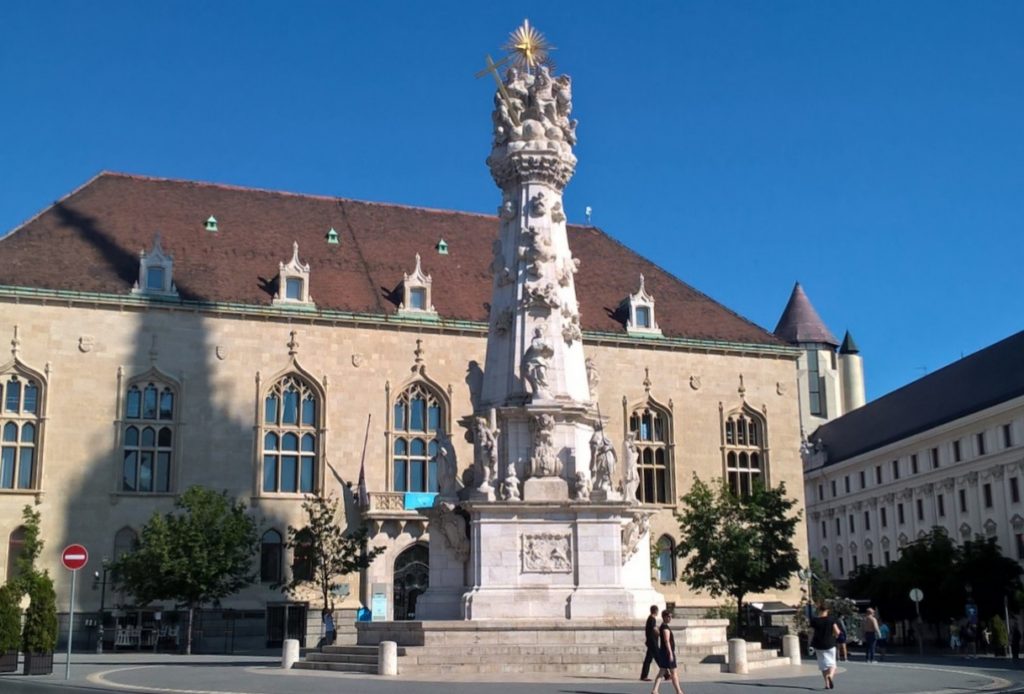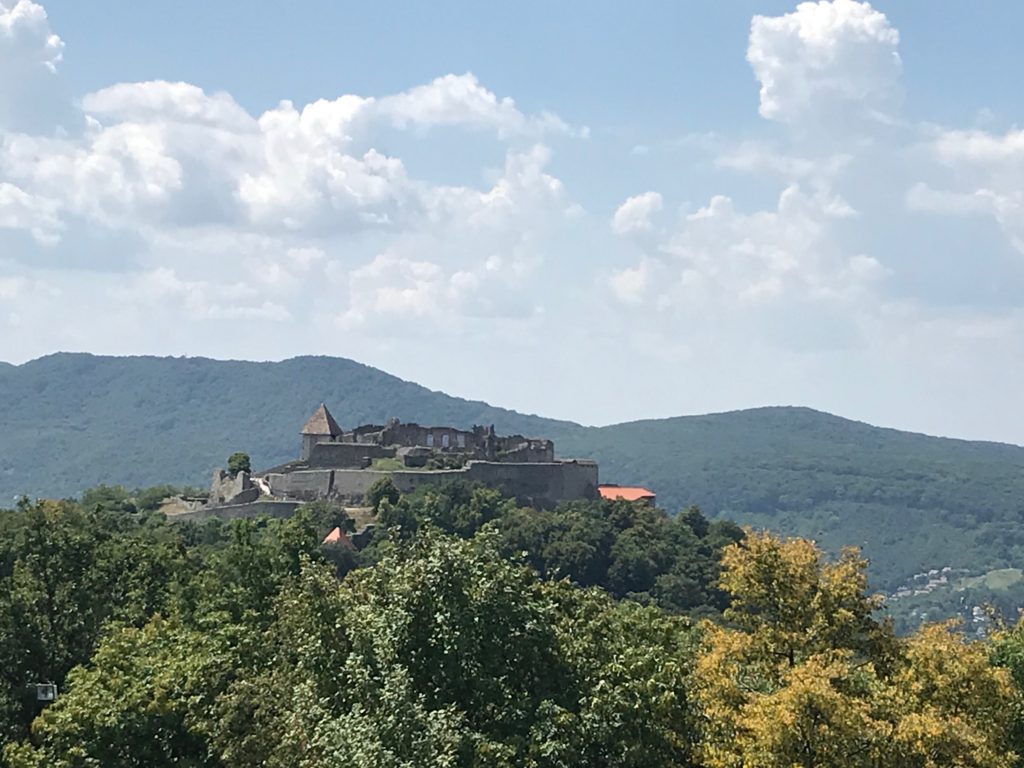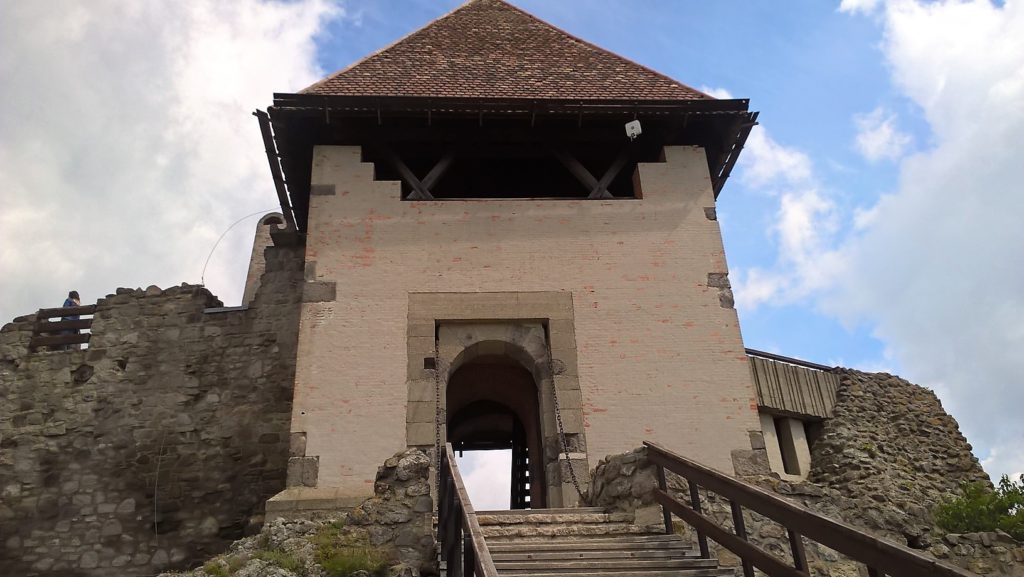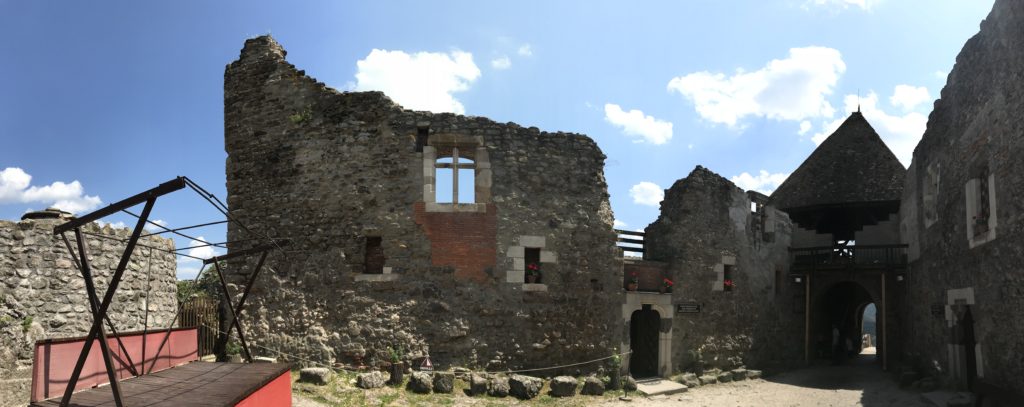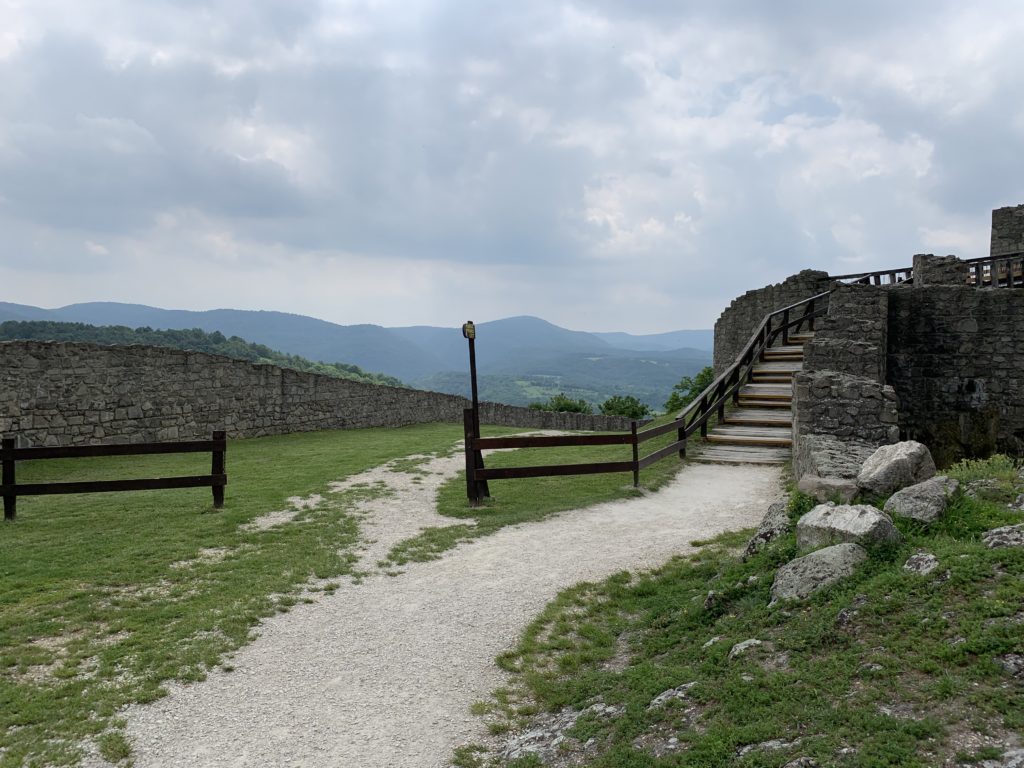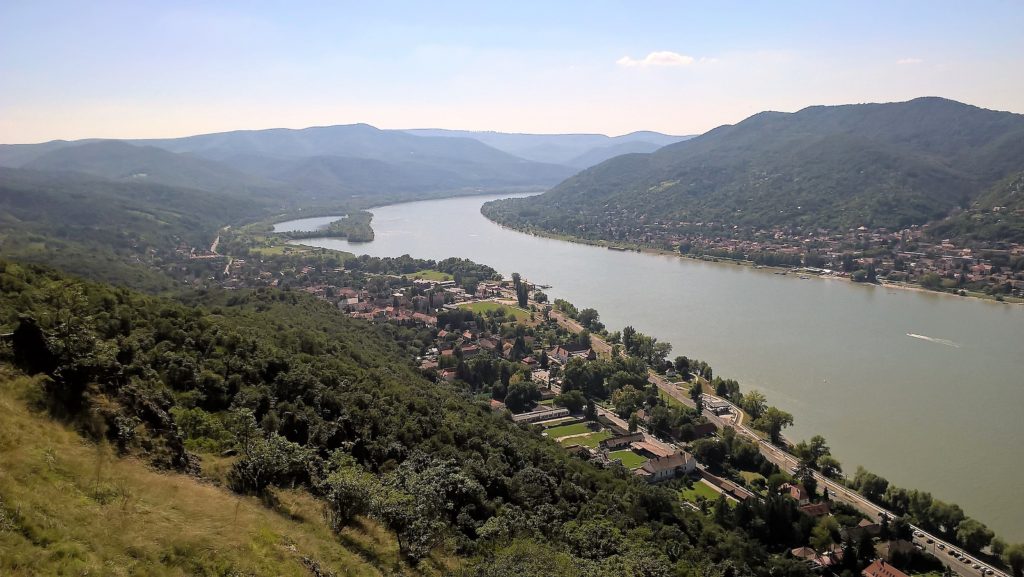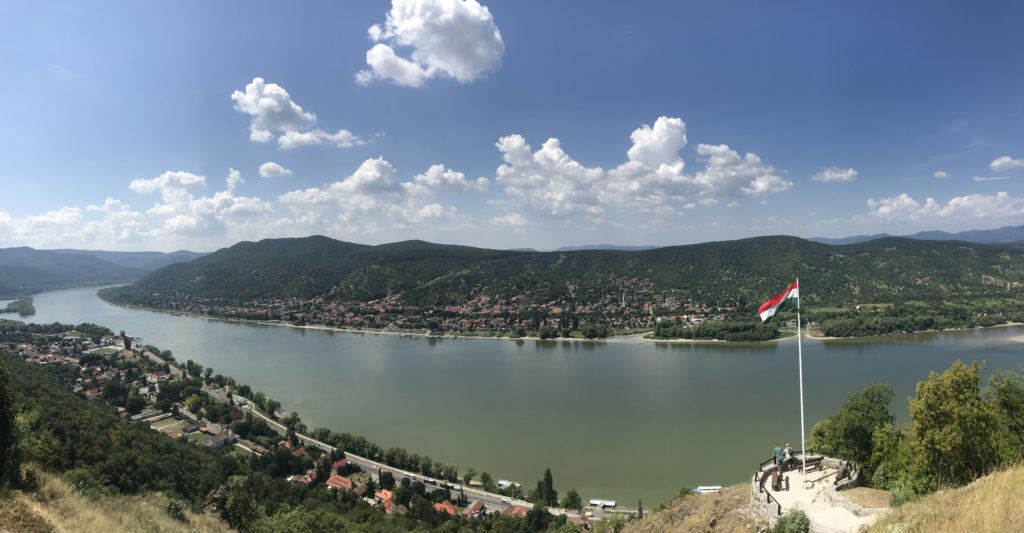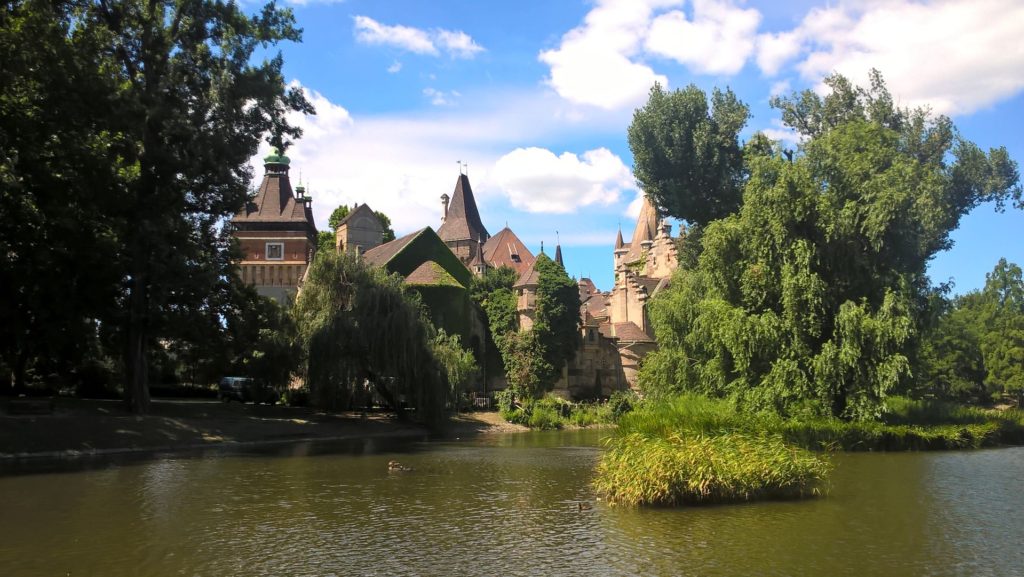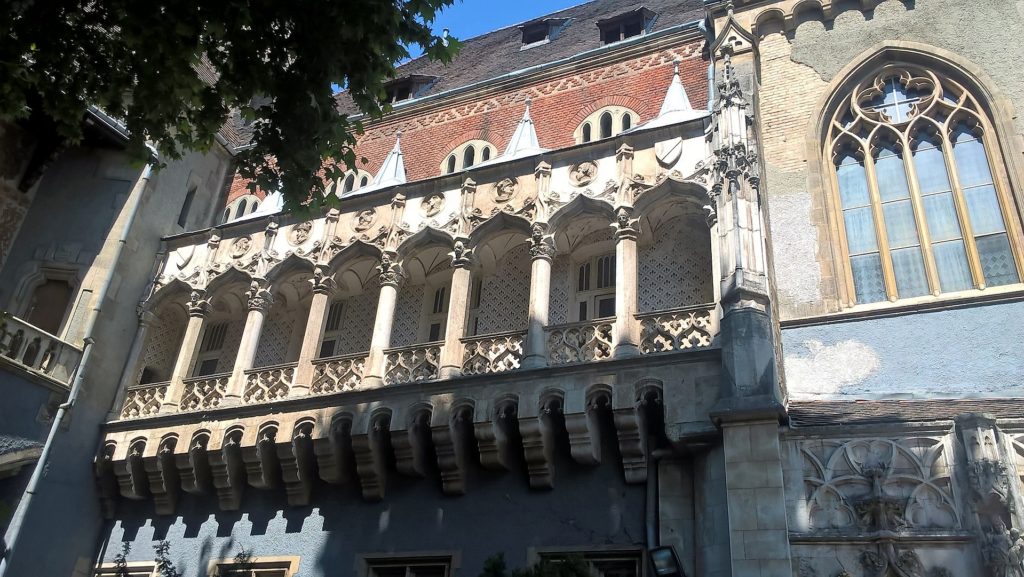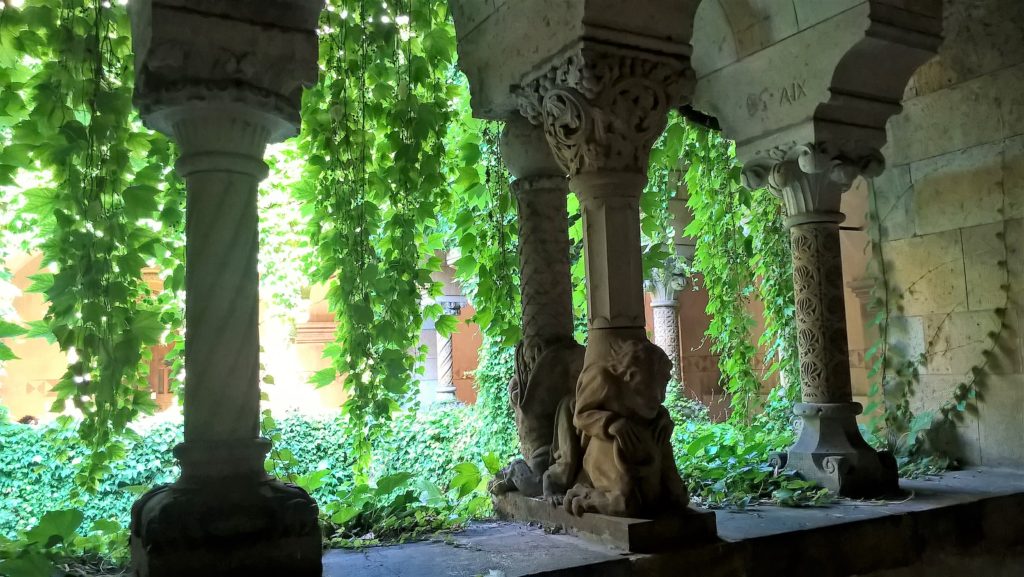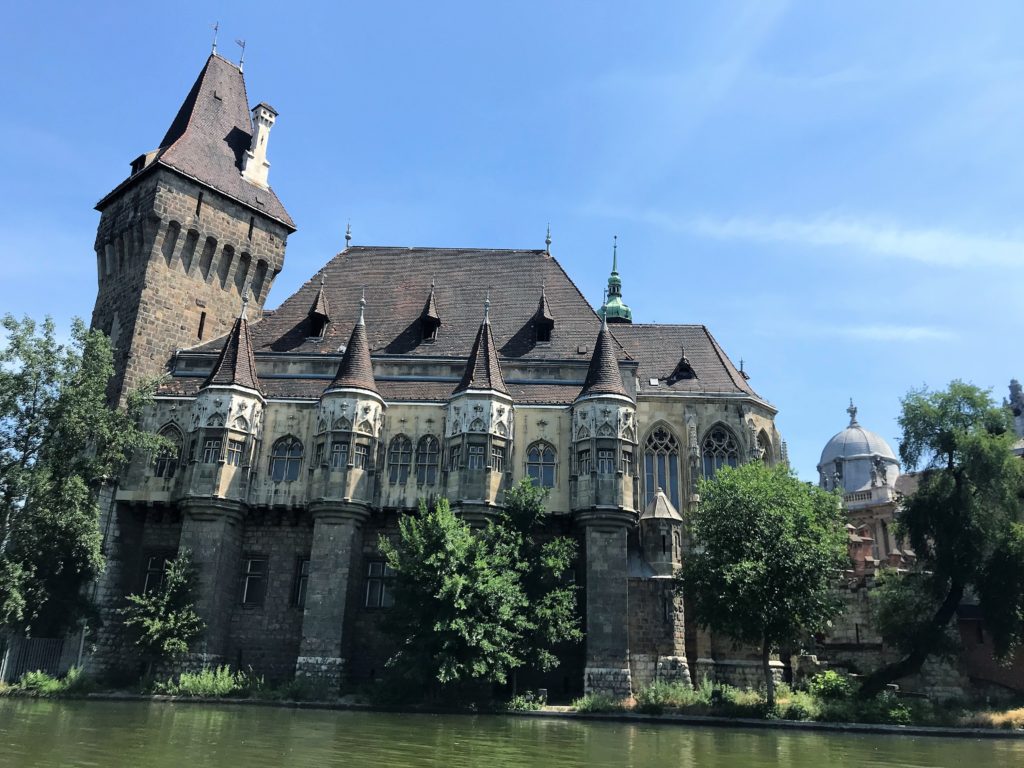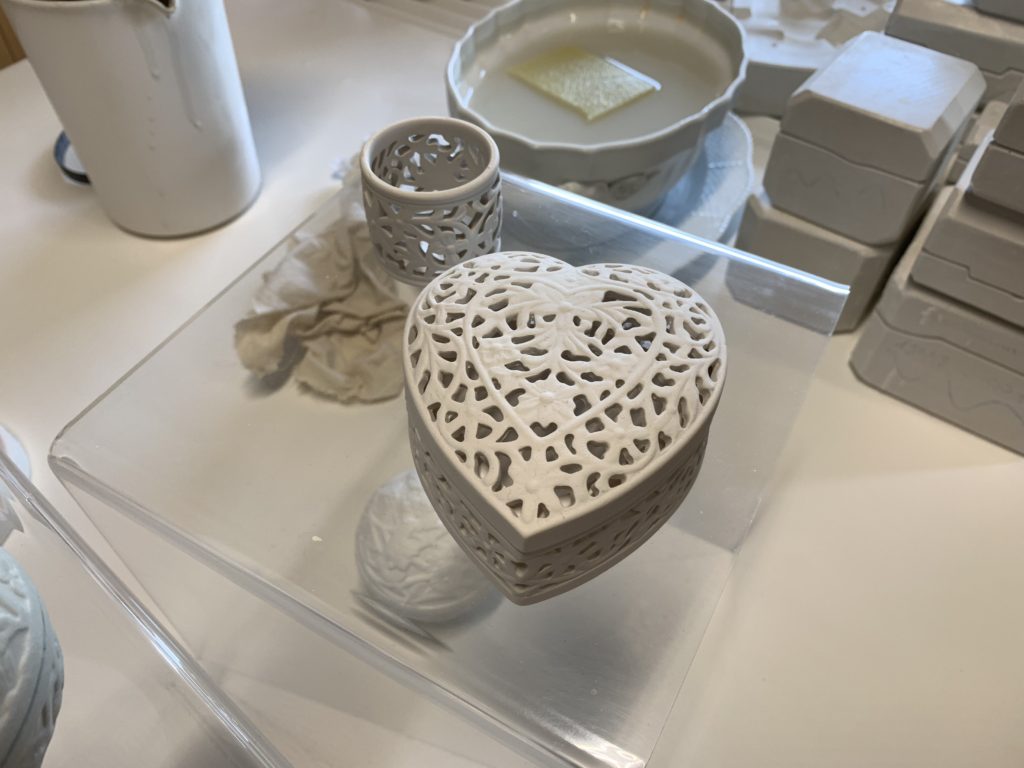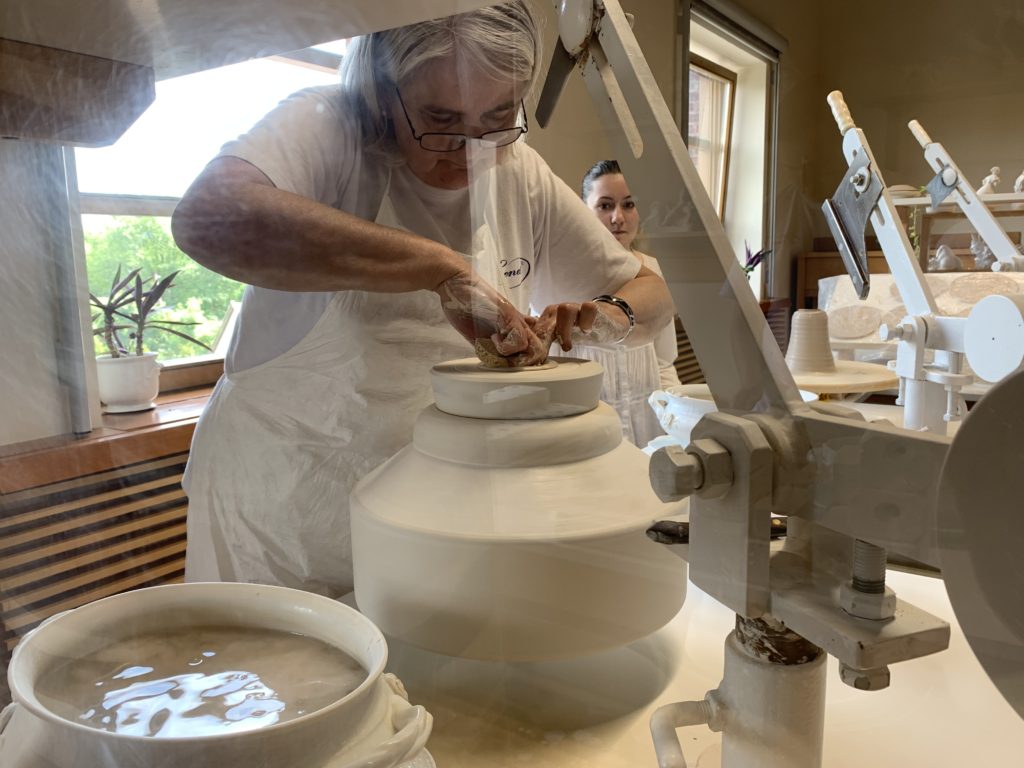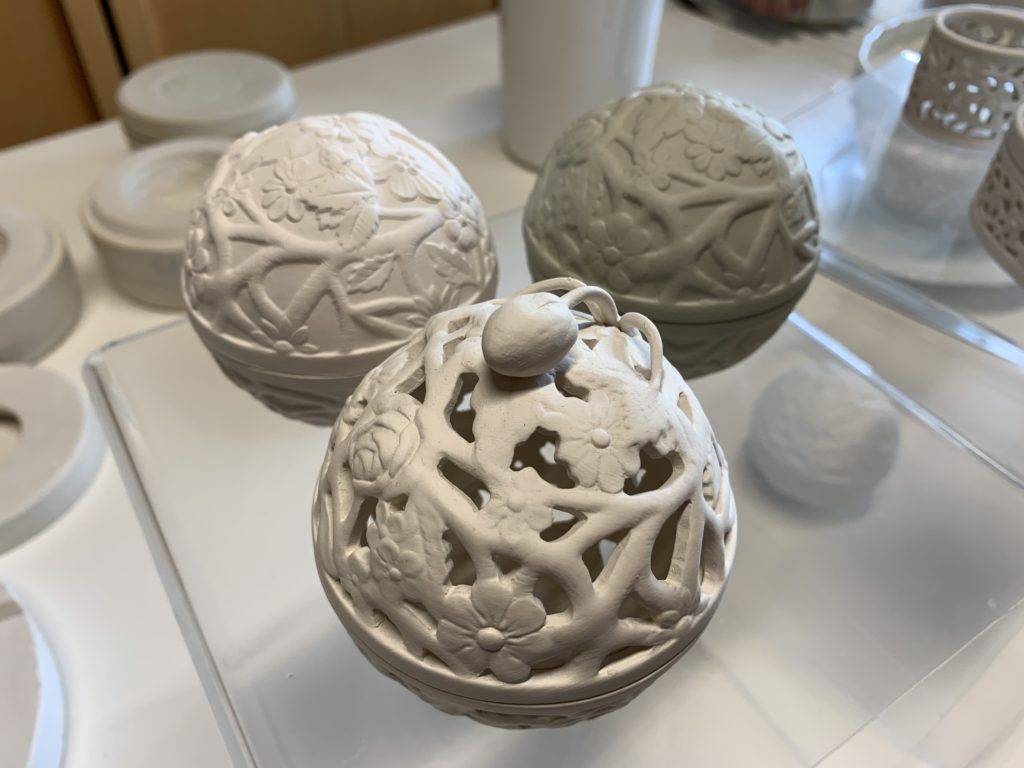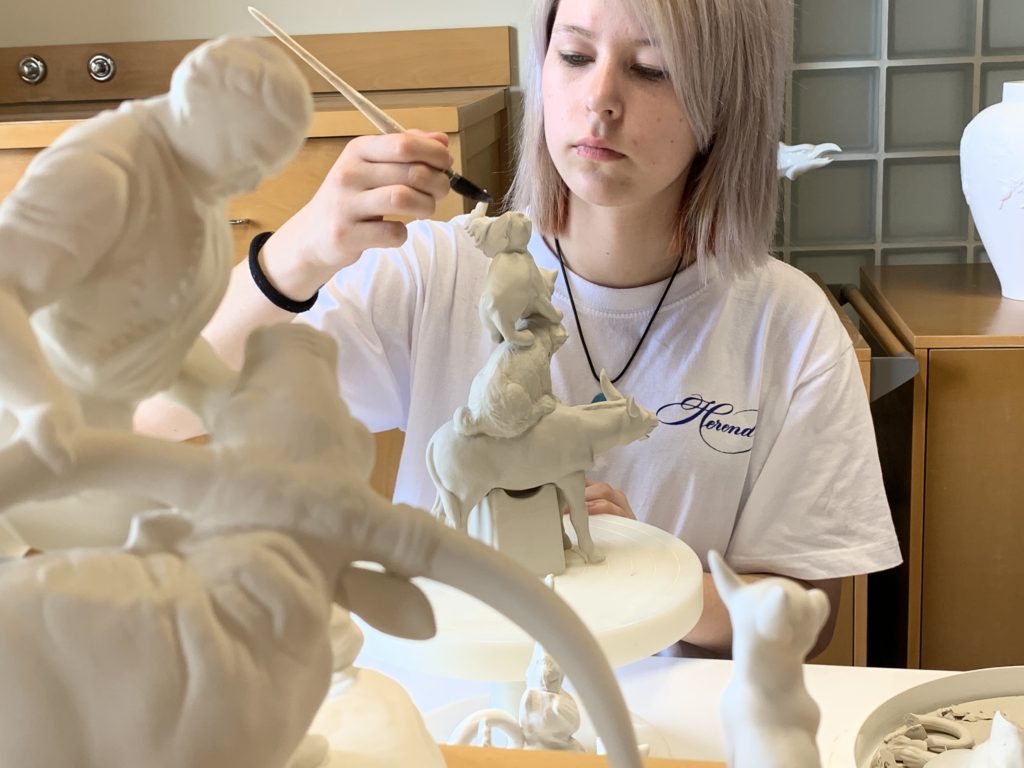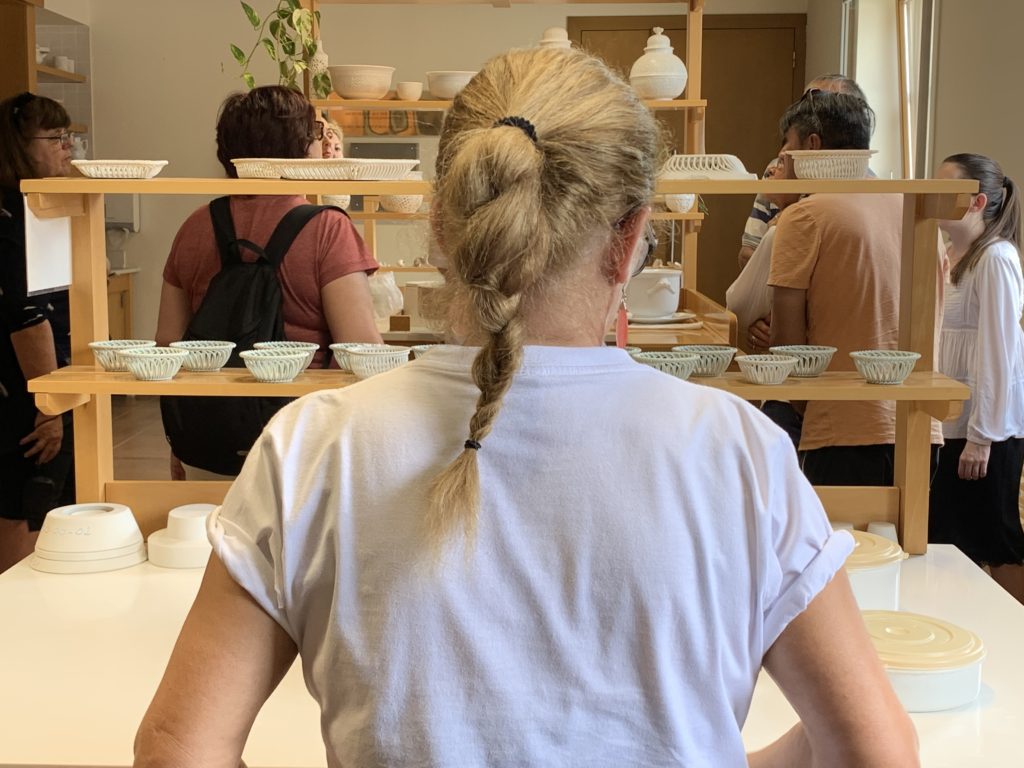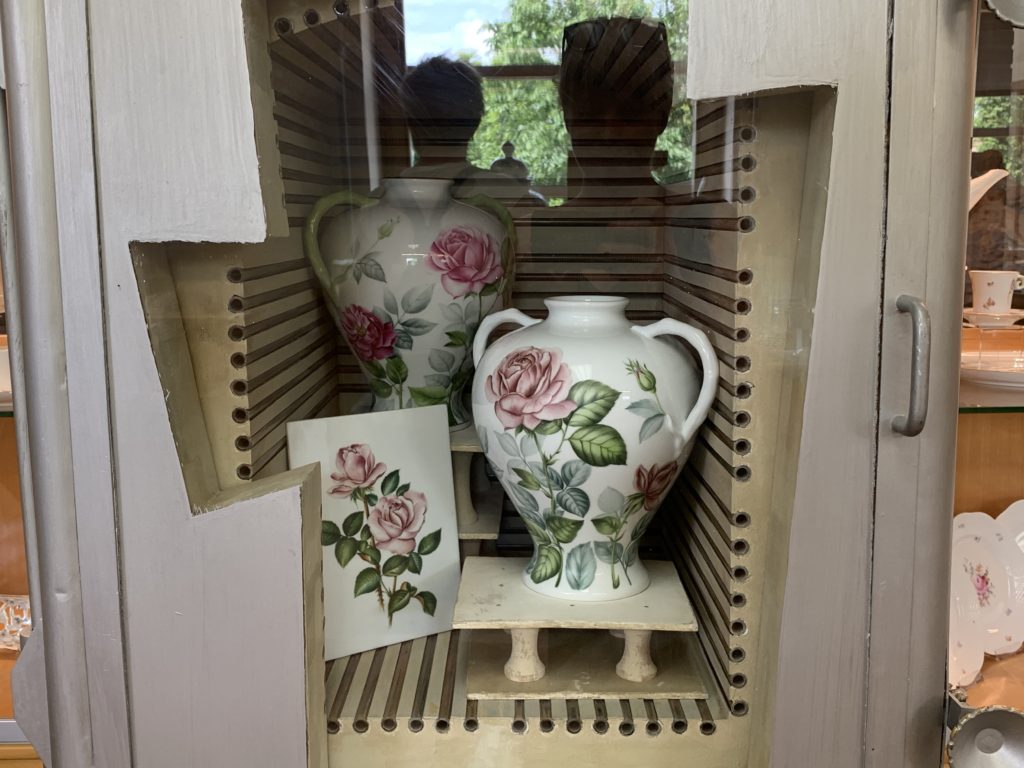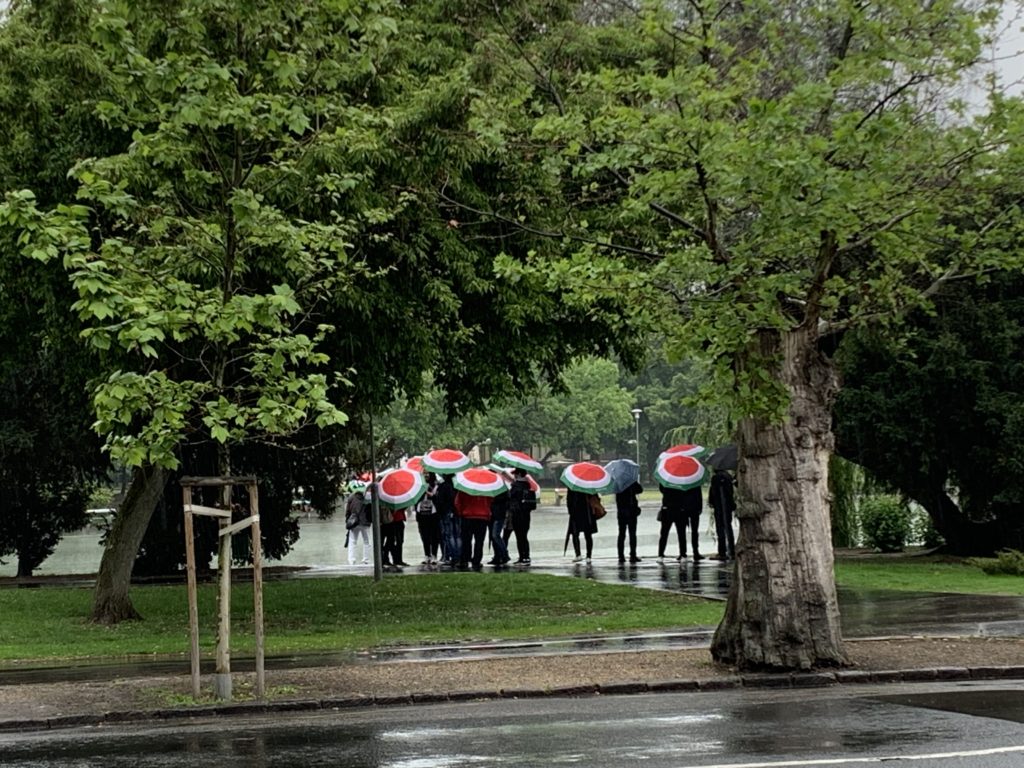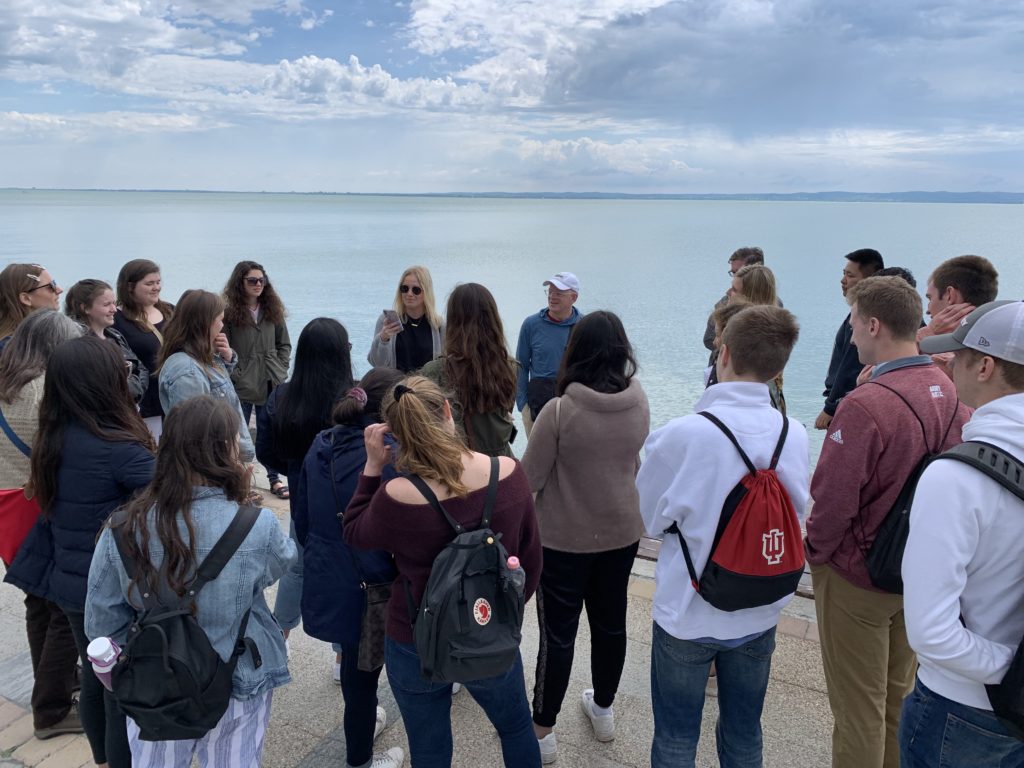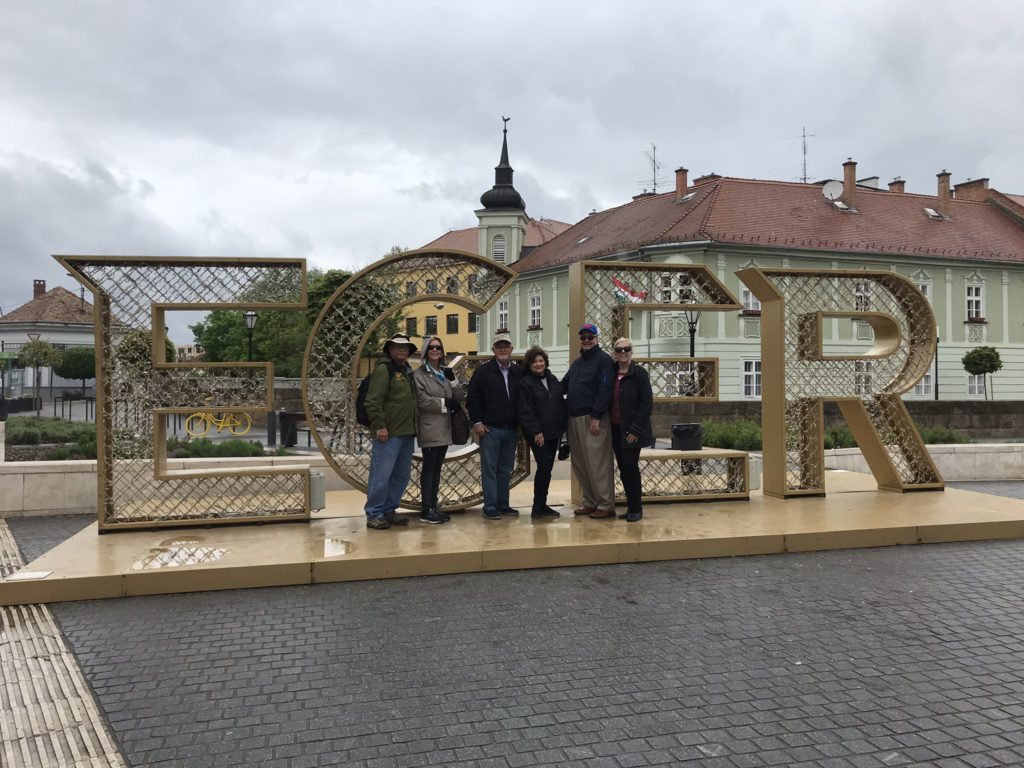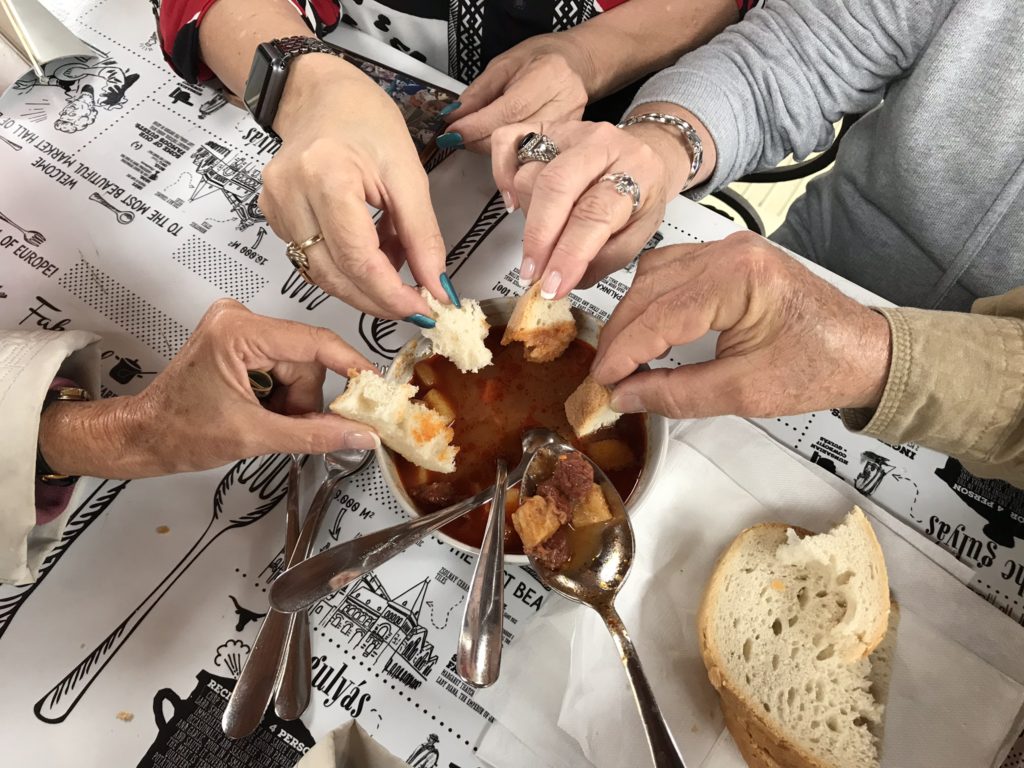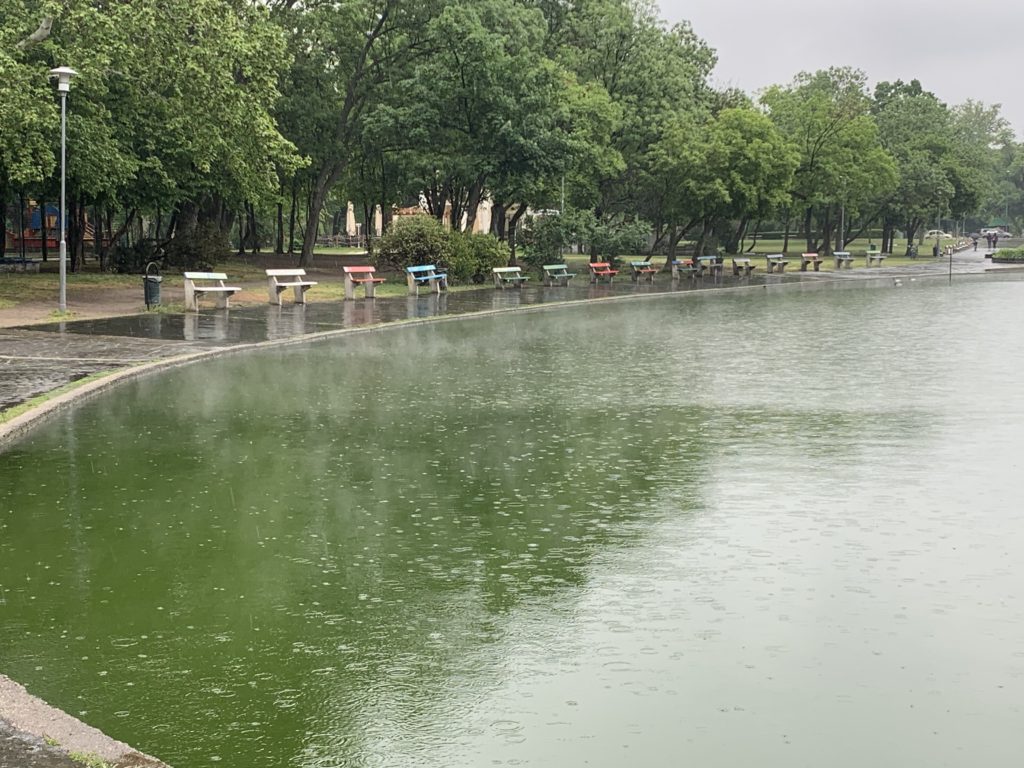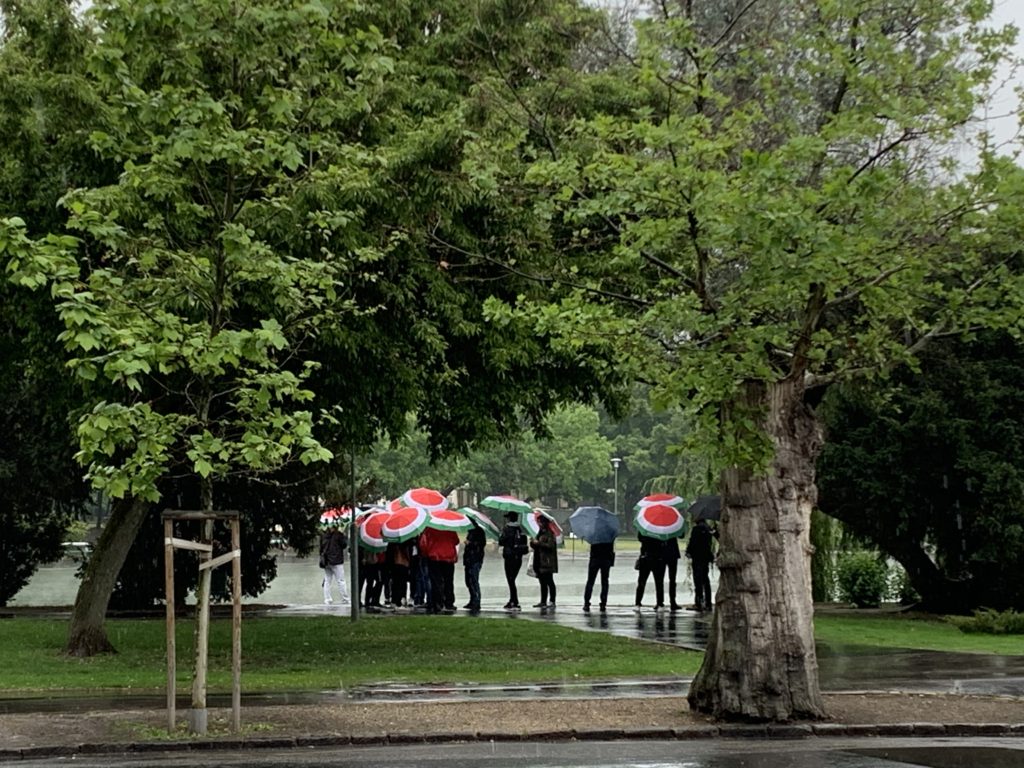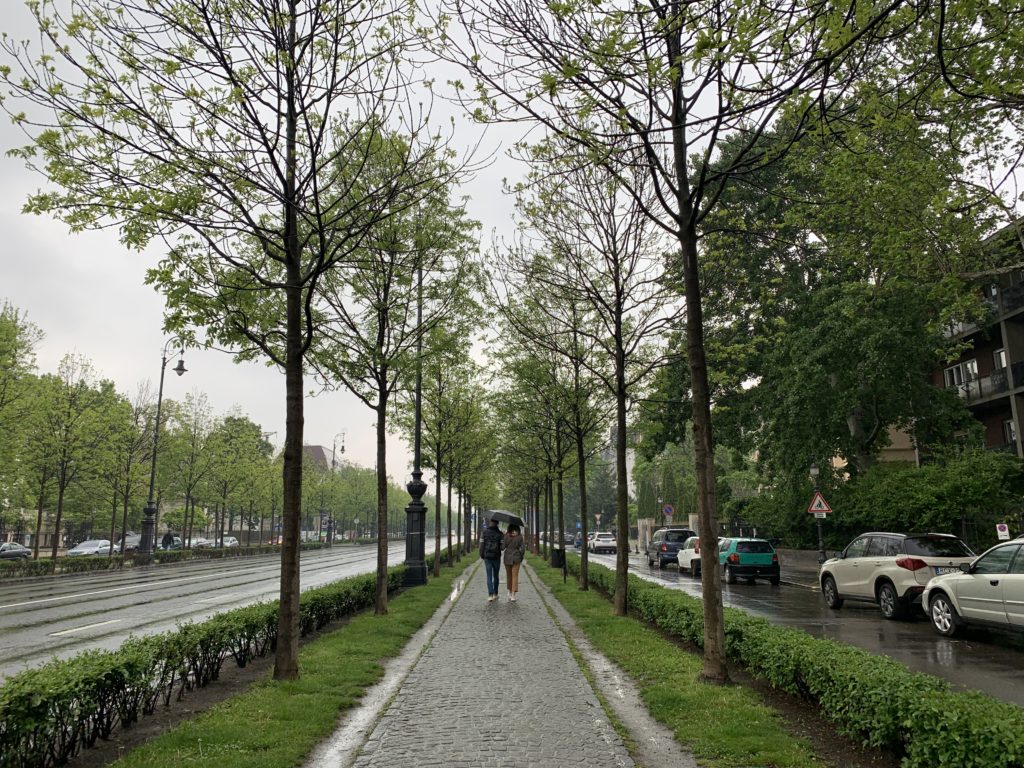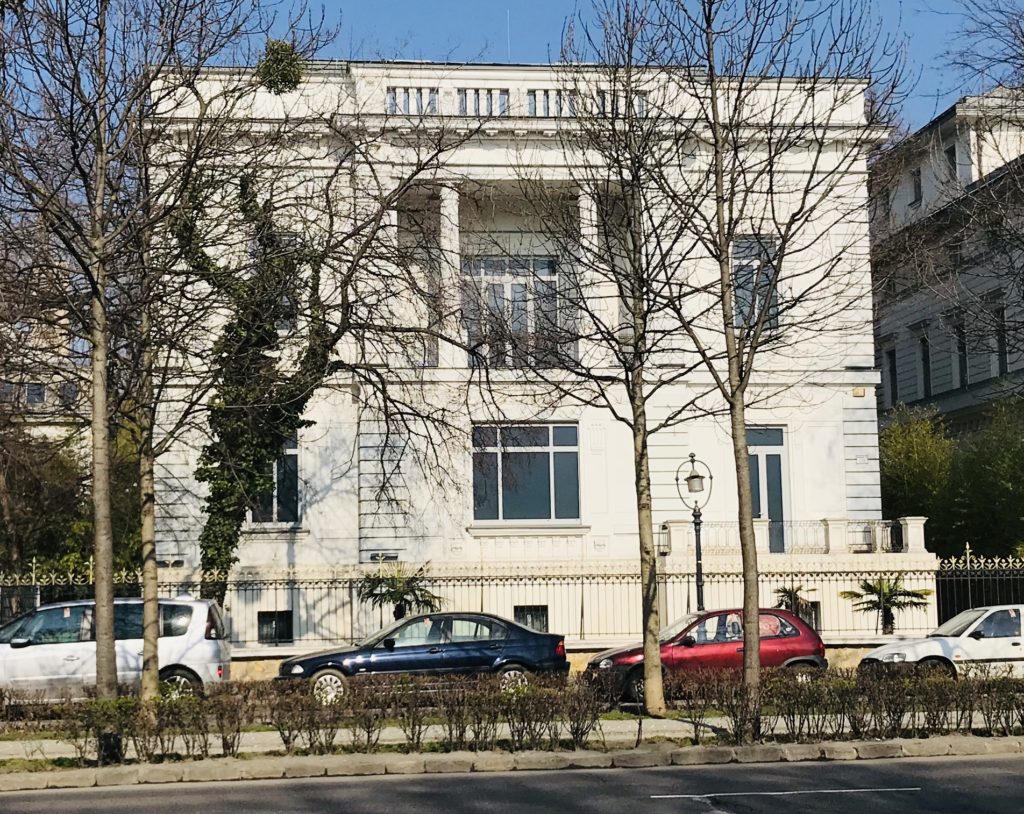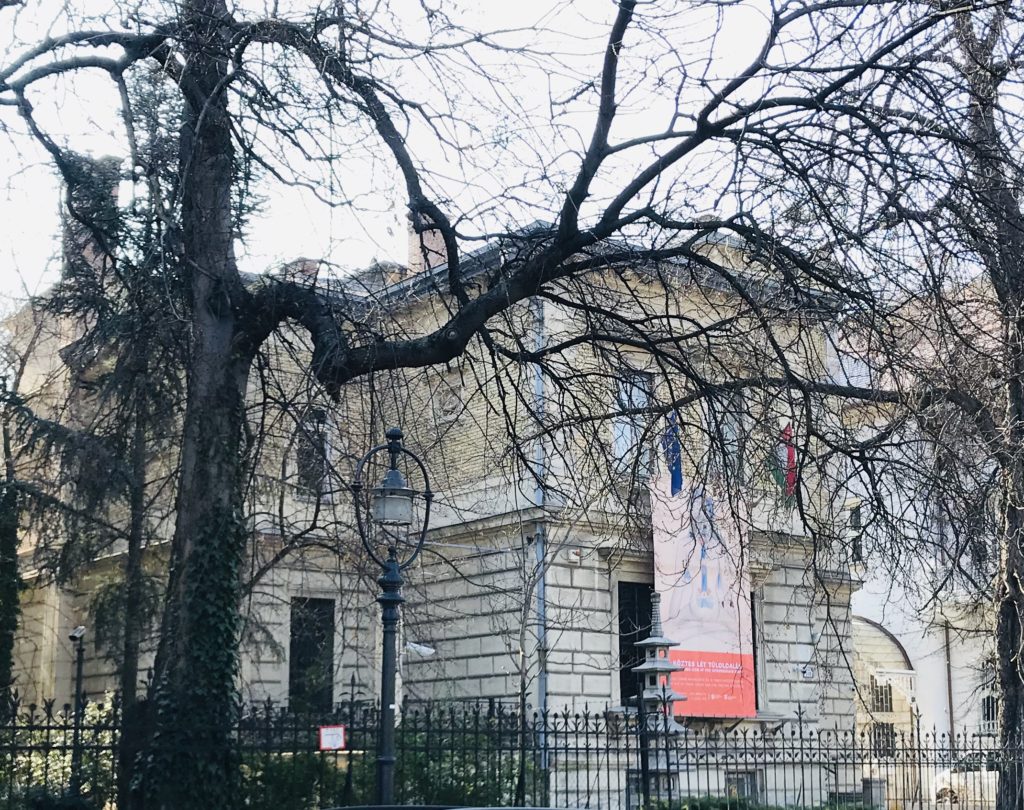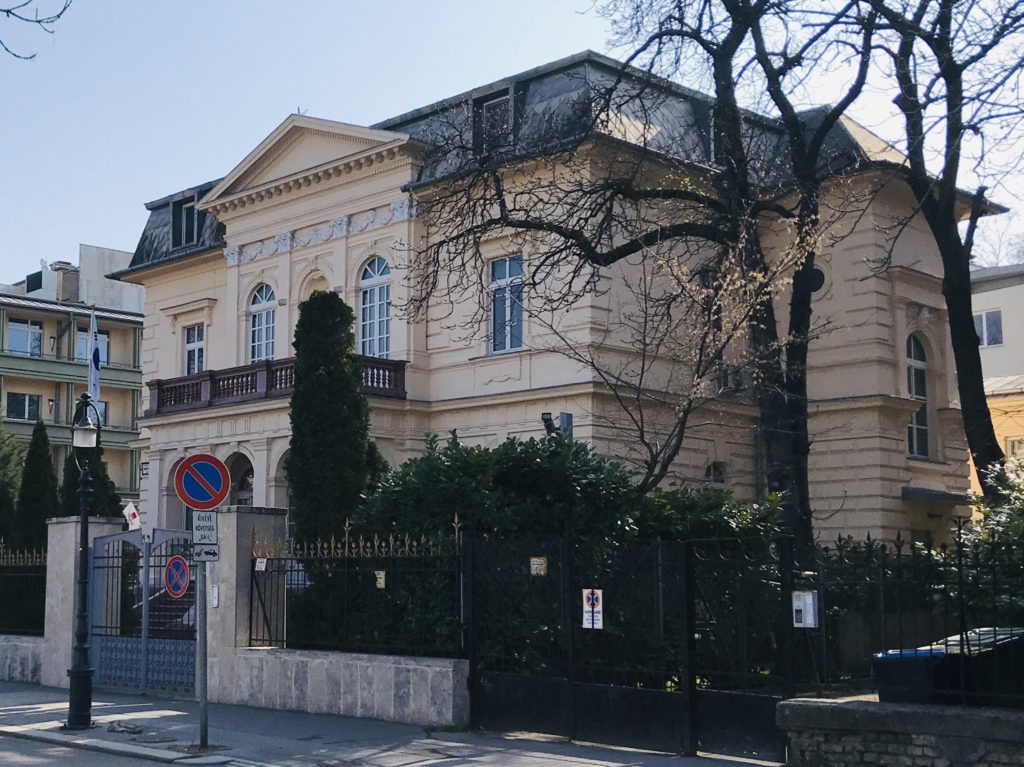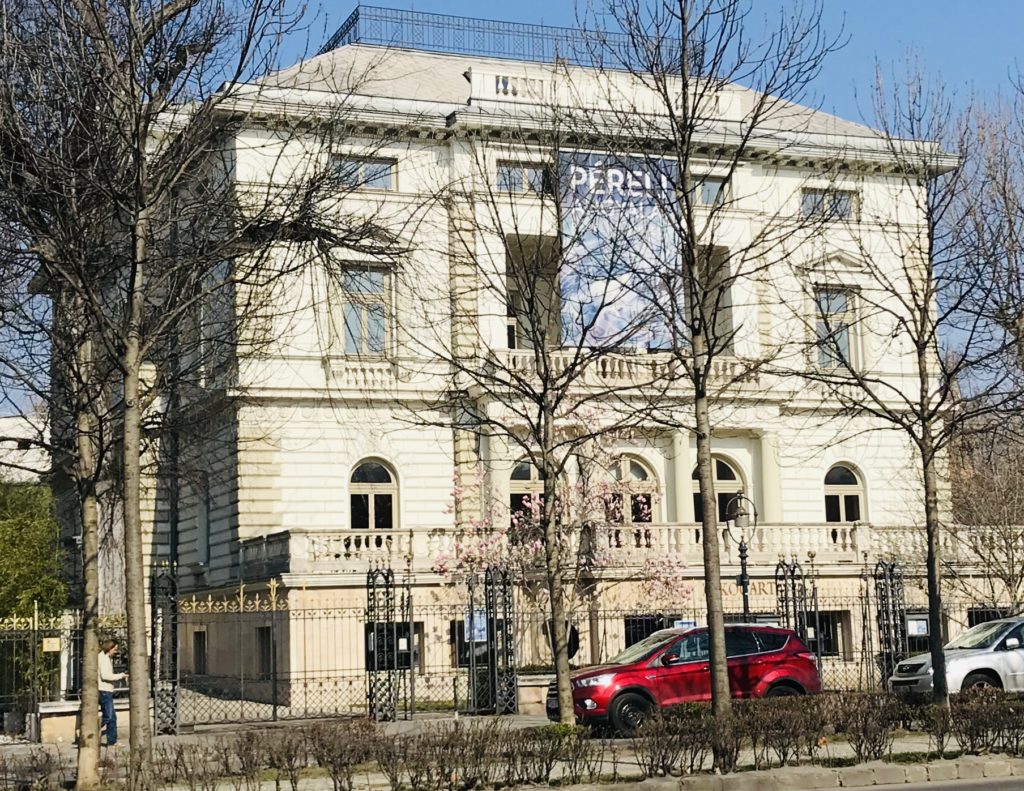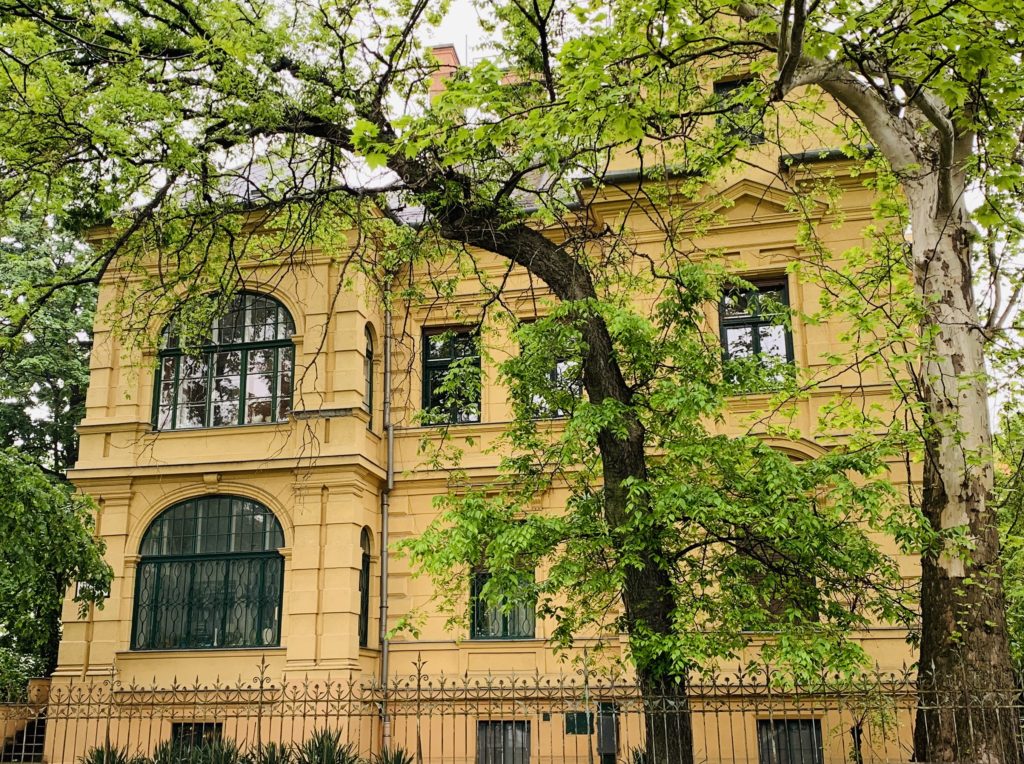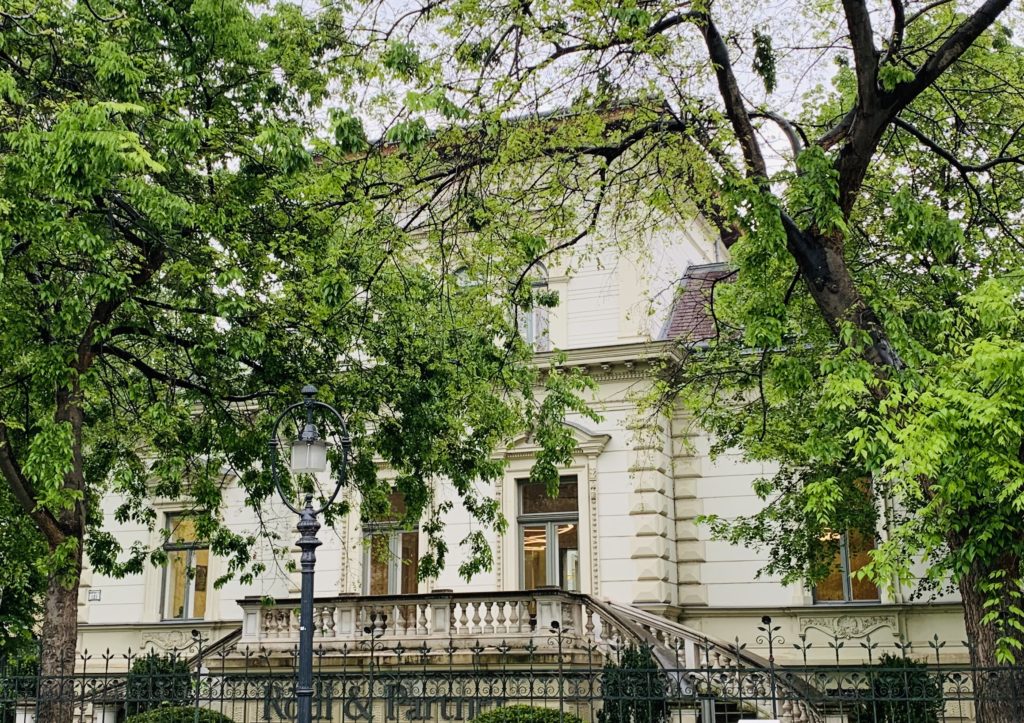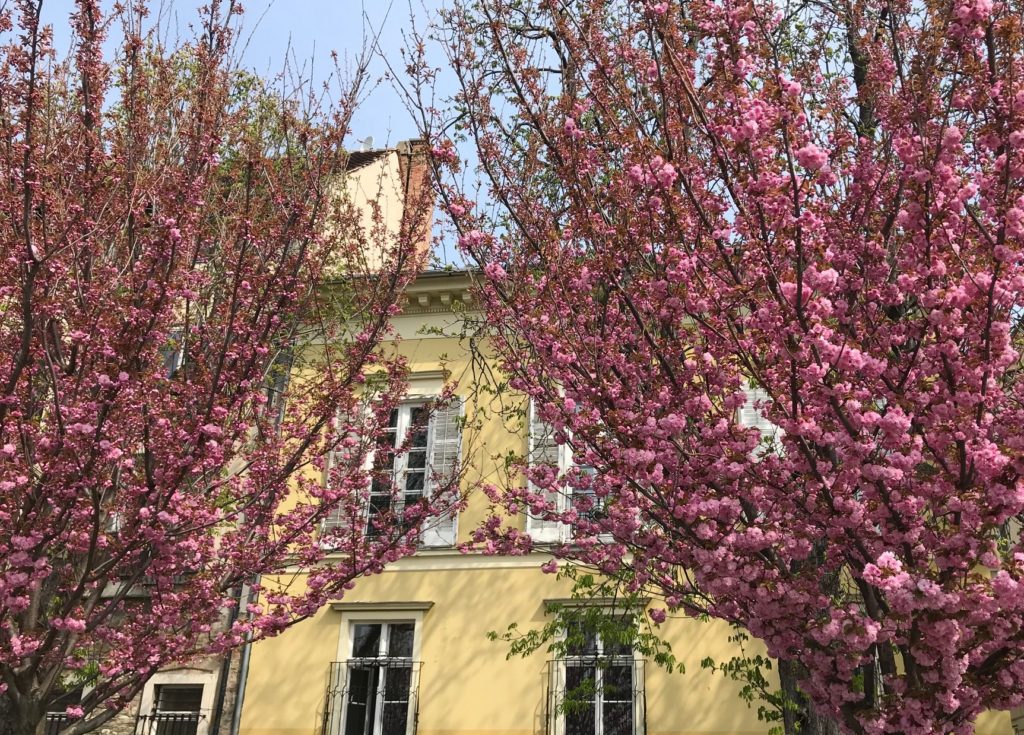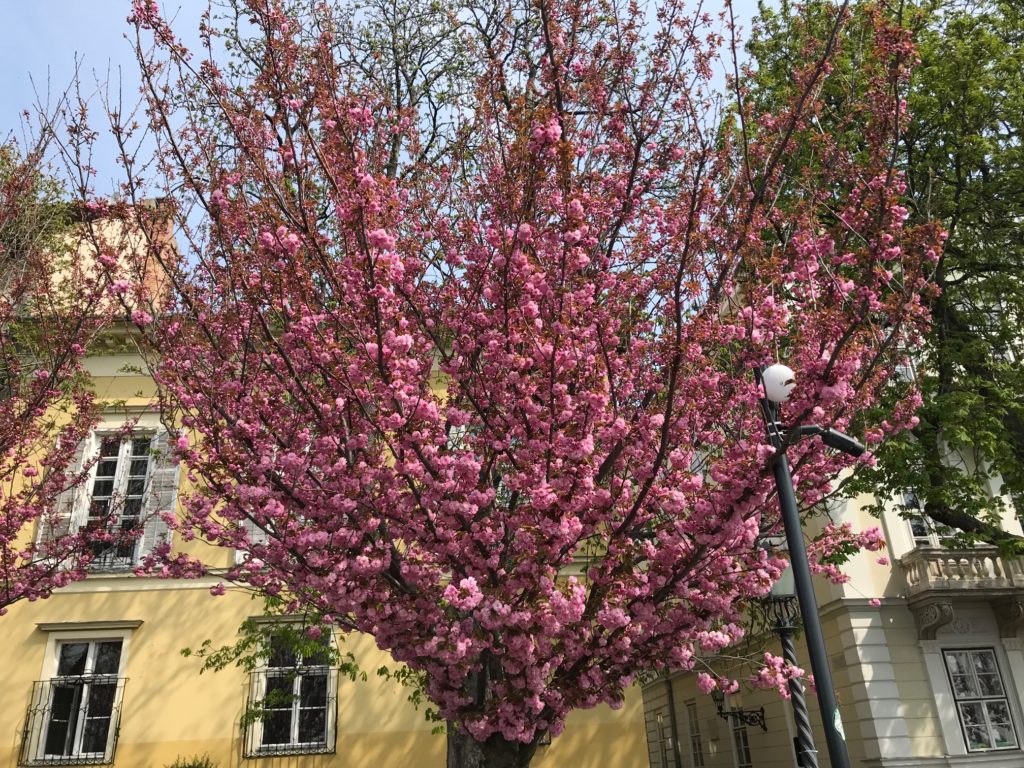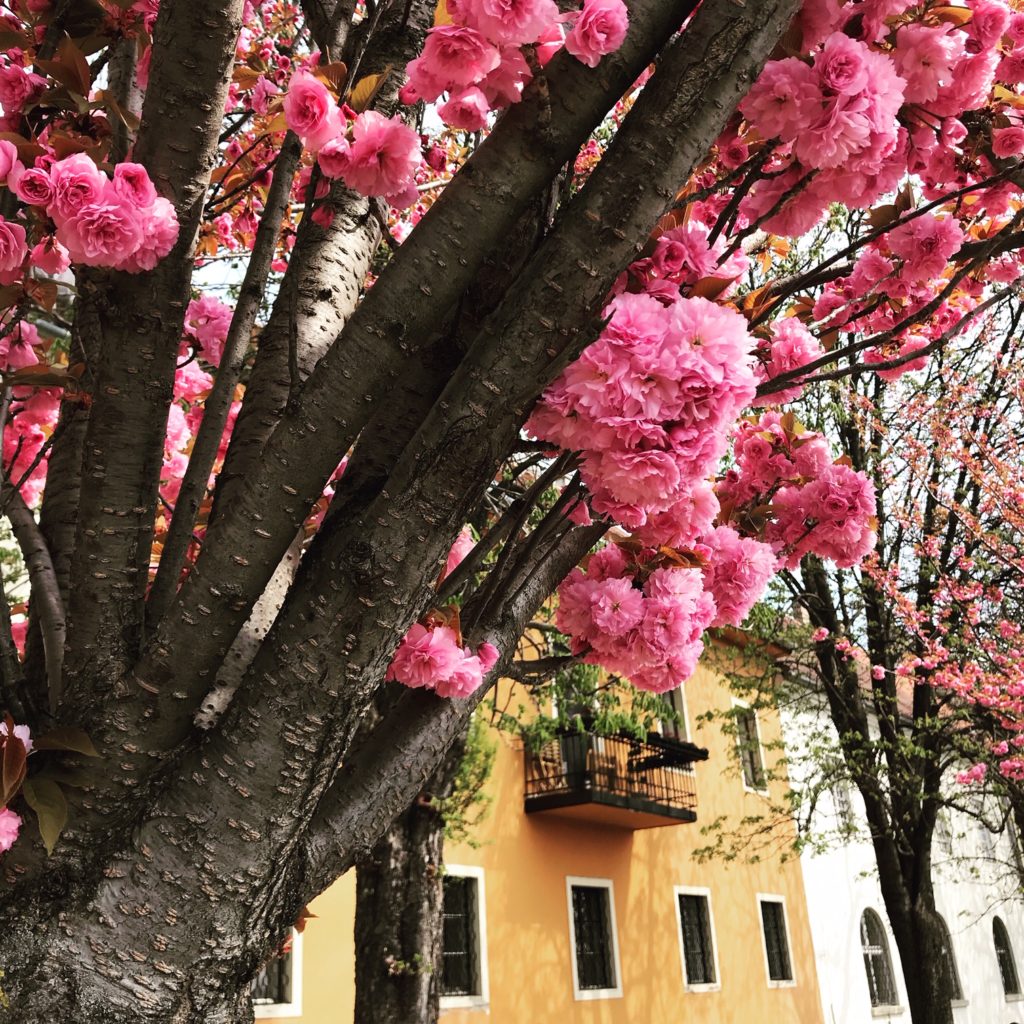I'm ever so grateful for all your kind words and reviews. This one is even more special because this is the 100th review I've had on TripAdvisor. Thank you very much for all the kind words and comments!! What a treat! Just like VIP We booked an 8 hour tour of Budapest. This turned out to be one of the best moments in our lives. We were greeted by Julia in the lobby of our hotel. She was already waiting for us. She took us to a huge black limo, which was at our discretion for the whole day. This car could even access blocked streets! Just like magic, the blocking posts just opened for us only. We felt like real VIPs. She took us to so many places. Her English is perfect. I do speak Hungarian, but my spouse speaks only English. We're had absolutely no problem understanding everything. Julia gave us a lot of information about the past, present and a little future about the city, also about the country. Budapest is really a magical city, Julia made it even more attractive. We can't wait to do it again. Oh, and let's not forget the secret places she took us to. On our own we would've missed so much! She recommended some excellent restaurants, which we really enjoyed. We ended the day in the evening, tired but happy. It was a perfect getaway. We loved it. I recommend it to anyone who wants to have fun and at the same time learn about Budapest. Thank you Júlia! This will stay with us for ever. Can't wait for the next time!
I’m ever so grateful for all your kind words and reviews. This one is even more special because this is the 100th review I’ve had on TripAdvisor. Thank you very much for all the kind words and comments!!
What a treat! Just like VIP
We booked an 8 hour tour of Budapest. This turned out to be one of the best moments in our lives. We were greeted by Julia in the lobby of our hotel. She was already waiting for us. She took us to a huge black limo, which was at our discretion for the whole day. This car could even access blocked streets! Just like magic, the blocking posts just opened for us only. We felt like real VIPs. She took us to so many places. Her English is perfect. I do speak Hungarian, but my spouse speaks only English. We’re had absolutely no problem understanding everything. Julia gave us a lot of information about the past, present and a little future about the city, also about the country. Budapest is really a magical city, Julia made it even more attractive. We can’t wait to do it again. Oh, and let’s not forget the secret places she took us to. On our own we would’ve missed so much! She recommended some excellent restaurants, which we really enjoyed.
We ended the day in the evening, tired but happy. It was a perfect getaway. We loved it. I recommend it to anyone who wants to have fun and at the same time learn about Budapest.
Thank you Júlia! This will stay with us for ever. Can’t wait for the next time!
